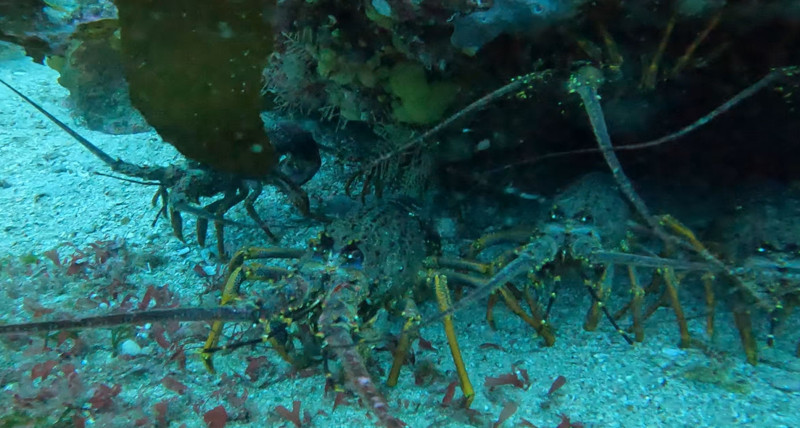Every bowl of shark fin soup represents more than just an extravagant meal — it symbolises the loss of our respect for the ocean and the fragile marine ecosystem along with it.
Shark fin soup, once a symbol of wealth and prestige in Chinese culture, has become one of the most controversial dishes in the world. Behind the delicate broth lies a dark and often brutal truth – the decimation of shark populations on a global scale. While the soup may appear luxurious on the surface, its impact on the oceans is both staggering and sobering.

A Delicacy With Deadly Consequences
Shark fin soup has been consumed for centuries, particularly in East Asia, where it is traditionally served at weddings, banquets, and high-end restaurants. The fins are prized not for their flavour – which is minimal at best – but for their texture and cultural significance.
However, what many consumers may not realise is that this demand for shark fins has led to a silent slaughter in the seas.
How Many Sharks Are Killed?
Estimates suggest that between 63 million and 273 million sharks are killed each year. Of these, a large proportion — anywhere from 26 million to 73 million — are believed to be killed specifically for their fins. These numbers come from scientific studies, including a widely cited 2013 report published in Marine Policy, which analyzed global catch data and trade records.
Because the shark fin trade often occurs through illegal and unreported channels, exact figures are difficult to determine. What is clear, however, is that the scale of killing is vast — far beyond what most people would expect for a single dish.
The Cruelty Behind the Catch
The method used to harvest shark fins is often brutal. In many cases, sharks are captured, have their fins sliced off, and are then thrown back into the ocean alive. Unable to swim properly, these finless sharks sink to the bottom of the sea, where they either bleed to death, suffocate, or are eaten by other predators.
This practice, known as shark finning, is not only cruel, but also incredibly wasteful. Often, only 2-5% of the shark’s body is used, while the rest is discarded. And because shark fins are light and compact, they are far easier to store and transport than entire sharks, making the trade attractive to unscrupulous fishers and smugglers.
An Ecological Crisis
Sharks are apex predators, meaning they play a crucial role at the top of the marine food chain. They help regulate the populations of other marine species, keeping ecosystems in balance. Removing large numbers of sharks disrupts this balance, leading to consequences that ripple throughout the ocean.
In areas where shark populations have collapsed, scientists have observed booms in mid-level predator populations such as rays and skates, which in turn deplete shellfish and other prey species. These shifts can devastate local fisheries, affecting food security and livelihoods for coastal communities.
The slow reproduction rate of sharks only adds to the problem. Many species take years to reach maturity, and females often give birth to just a few pups at a time. This makes it extremely difficult for shark populations to recover once they have been overfished.
The Global Fin Trade
Despite growing awareness and regulatory efforts, the shark fin trade remains a lucrative business. According to conservation groups, the global shark fin industry is worth an estimated $400 to $500 million annually. Hong Kong has long served as the main hub for the trade, though demand has spread to other parts of Asia, the Middle East, and even North America.
China remains the largest market for shark fin soup, but attitudes are slowly changing. In 2012, the Chinese government banned shark fin soup from official banquets. A number of high-profile campaigns by celebrities and NGOs have also helped raise awareness, especially among younger generations.
However, enforcement of shark fin bans remains inconsistent. Some countries have outlawed shark finning at sea, but allow the sale of fins that have been landed with the rest of the body. Others have introduced outright bans on the possession, sale, or trade of shark fins — but smuggling remains common.
Shifting Tides: The Rise of Alternatives
As public concern grows, so does interest in alternatives to shark fin soup. Many chefs and restaurants have begun offering plant-based or synthetic substitutes that mimic the texture of shark fins without harming any animals. Some use gelatin, seaweed-based ingredients, or konjac (a plant root) to replicate the mouthfeel of real fins.
In addition, sustainable seafood movements and eco-labels are helping consumers make more informed choices. Educational efforts have also proven effective, particularly when they emphasize the ecological importance of sharks and the cruelty of finning.
What Can Be Done?
Ending the slaughter of millions of sharks each year requires a multi-pronged approach:
- Strengthening Legislation – Countries must close legal loopholes that allow the shark fin trade to continue. This includes banning the import, export, and sale of shark fins entirely.
- Improved Enforcement – Authorities must be equipped and incentivized to crack down on illegal fishing and smuggling operations. Better tracking and reporting of shark catches are crucial.
- Consumer Awareness – Public education campaigns can help reduce demand by highlighting the environmental cost of shark fin soup. Cultural change is often slow, but it can be accelerated through consistent messaging and advocacy.
- Support for Fisher Communities – Fishers who rely on sharks for income should be offered training and incentives to switch to sustainable practices or alternative livelihoods.
- Global Collaboration – The problem of shark finning is international in scope, and solutions must involve cooperation between governments, conservation groups, scientists, and local communities.
Final Thoughts
As long as the demand for fins persists, millions of sharks will continue to die needlessly each year, with long-term consequences for ocean health and biodiversity.
Fortunately, change is possible. With stronger protections, smarter policies, and greater public awareness, we can shift away from outdated traditions and toward a more sustainable future — one where sharks are valued not for their fins, but for their essential role in keeping our oceans alive.



